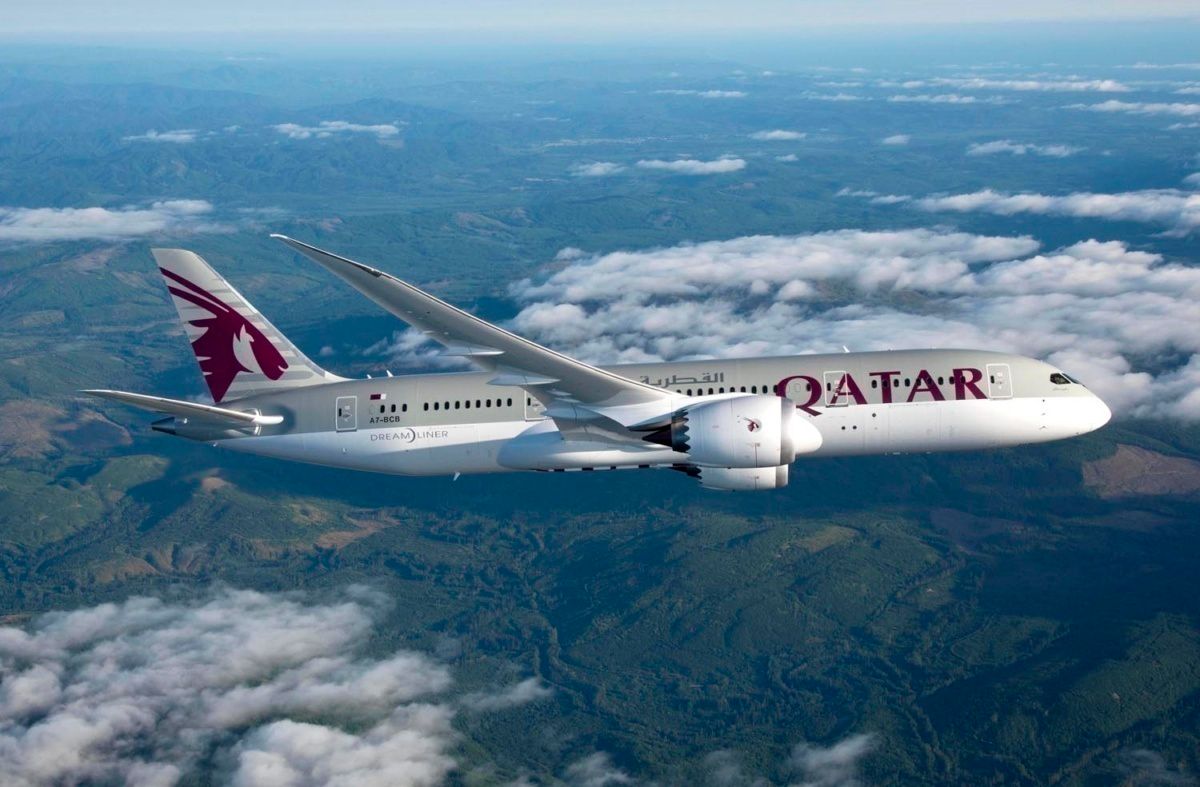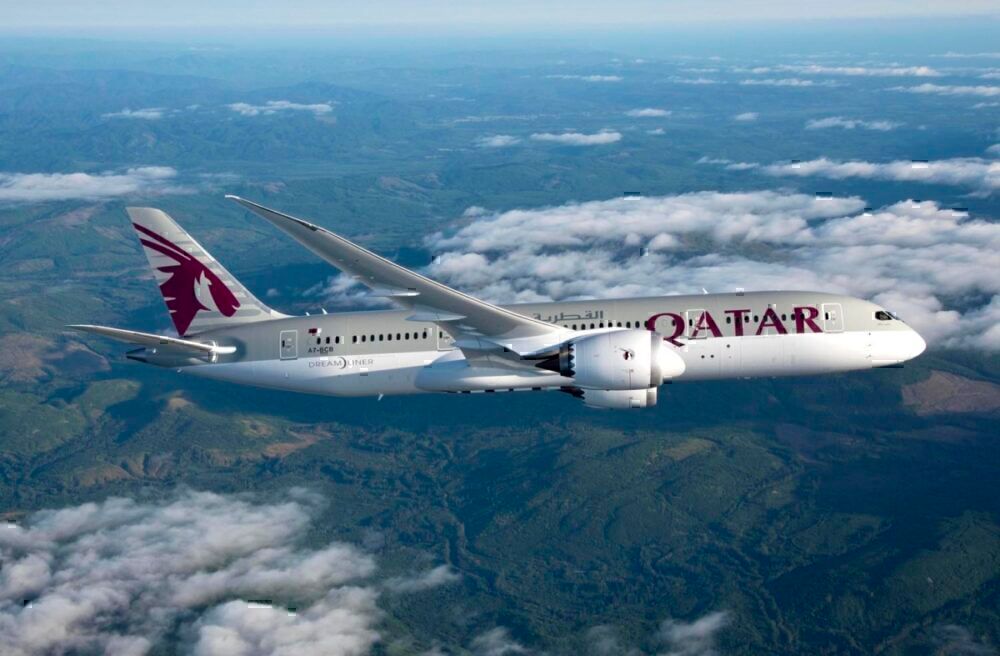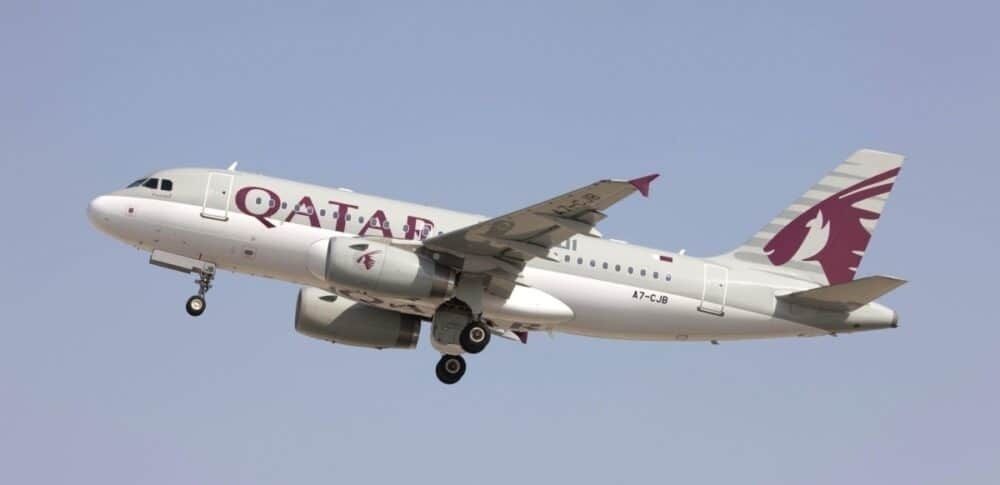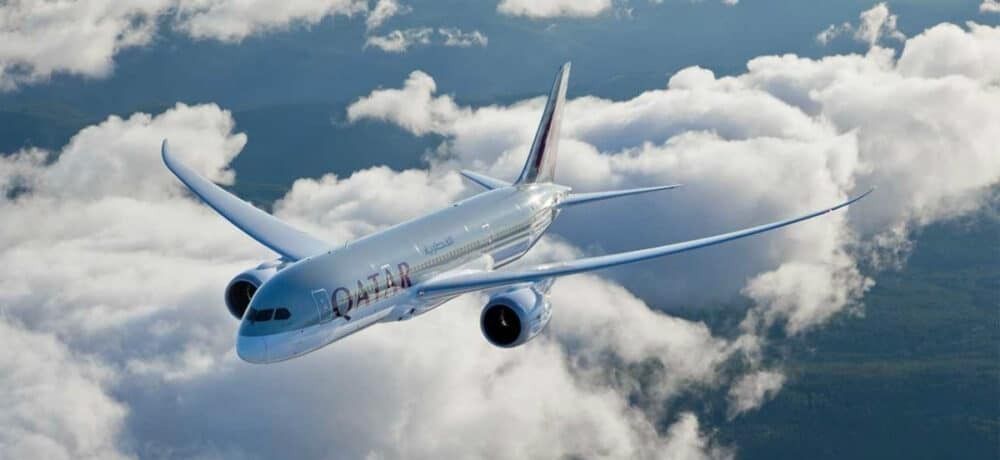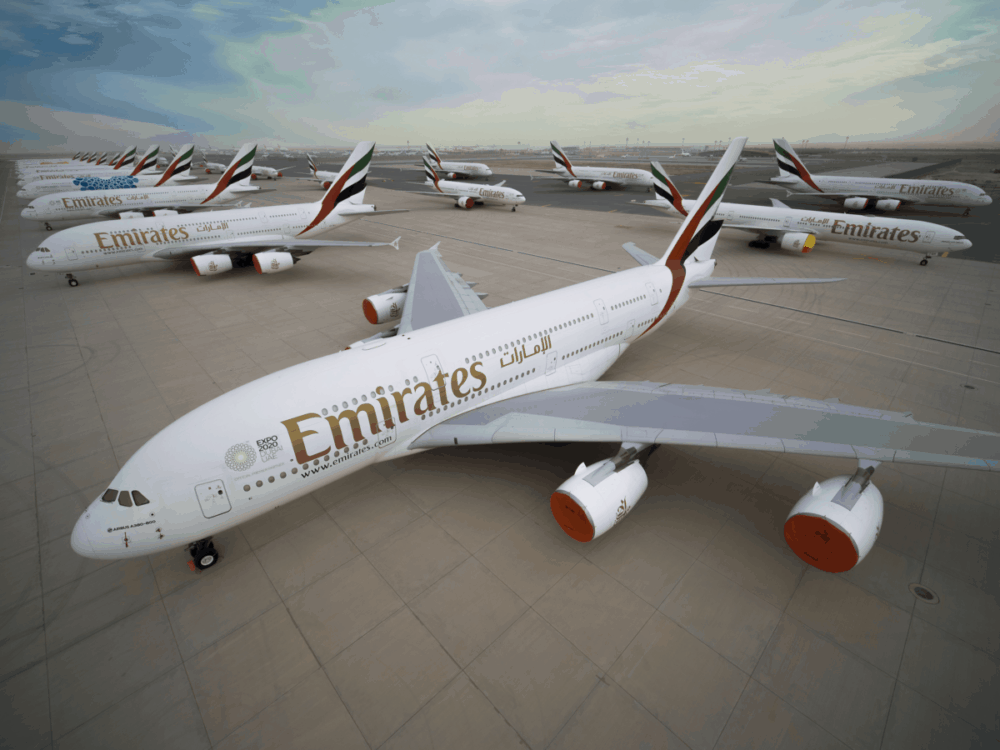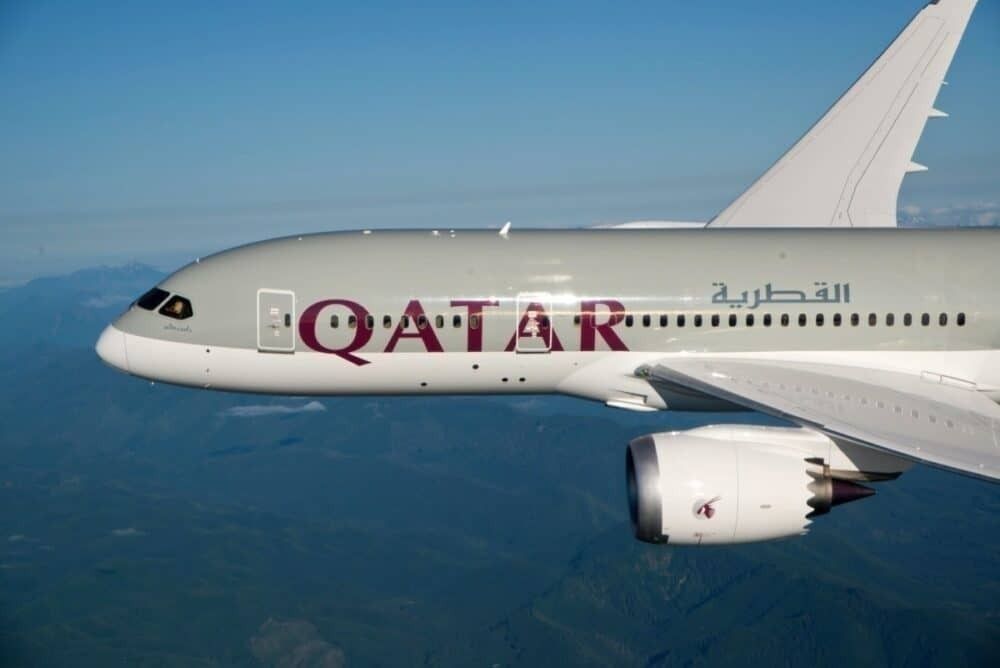Since the outbreak of COVID, Qatar Airways has been stubbornly avoiding letting the pandemic ruin its party. Even on its worst days, the airline maintained at least 30 routes, and is now putting pedal to the metal to rebuild its previously robust network. But which widebody will be tasked with this rebuilding? Not the behemoth A380 or even the 777-300ER. For Qatar, it’s all about the humble baby Boeing 787-8 Dreamliner.
A mixed fleet is not always a bad thing
While other Middle East airlines hunkered down and committed to the biggest aircraft around, Qatar has always had a more moderate strategy. Its piecemeal fleet encompasses everything from the A319 all the way up to the Airbus A380.
In the mix are some popular types, like the A350XWB, for which it was a launch customer… for both variants. It also flies the A330-300, which, while not the latest generation by any means, is undoubtedly a proven aircraft.
But, within that mix are some odd choices too. The A330-200, for example, was never a popular plane. The A380 itself has been well outpaced by modern competitors. And the Boeing 787-8 has always been a bone of contention, never selling as well as its bigger brother.
However, it now seems that, thanks to this strategy of diversity within the fleet, Qatar could soon get a jump on its neighbors. And the plane that will win the race is that very same slightly oddball Boeing 787-8.
Stay informed: Sign up for our daily aviation news digest.
The Emirates predicament
Emirates, with the world’s largest fleet of Airbus A380s, has now found itself with two choices – fly the biggest passenger plane in the world, or the second biggest. You see, when Emirates went big, there was not a whisper of doubt in the mind of its management regarding its strong hub and spoke business model.
People wanted to fly further than ever before, and Dubai’s prime position equidistant between the Far East and the West, with Oceania and all of up-and-coming Africa at its feet, left Emirates thinking it couldn’t possibly fail. The only thing that could hurt it would be an unprecedented aviation disaster, the likes of which would pale 9/11 and the GFC into insignificance.
Who’d have thought it would actually happen? Now, with Airbus A350 and Boeing Dreamliner deliveries not starting before 2023 and the 777X still two years away, the only thing left for the airline is to keep on keeping on with the A380, backed up by its expansive fleet of 777-300ER.
In fact, Emirates has fully committed to the giant jumbo, pledging to have the entire fleet back in the skies by April 2022. That seems somewhat optimistic, given most in the know are predicting a long, slow recovery, taking until 2023 or 2024 at least.
Why the 787-8 is the right plane for now
Across the Persian Gulf from Dubai, its mixed fleet strategy now puts Qatar in a strong position to come back from COVID. While the airline has been clear that the Airbus A380 is not a sustainable prospect for its future long-haul needs, unlike Emirates, it has options.
Those options, it says, now center on the Airbus A350 and the baby Boeing Dreamliner for its future long-haul needs. Qatar is now flying its entire fleet of 30 Boeing 787 aircraft, and is confident that this low capacity, long-range plane is just what it needs for a successful post-COVID recovery. In his announcement about Qatar’s future fleet strategy, CEO Akbar Al Baker said,
“The 30 Boeing 787 aircraft in the Qatar Airways fleet … provide appropriate capacity to offer the right capacity on routes in Europe while markets recover.”
The CEO said he’d crunched the numbers of big planes like the A380 and said that “flying such a large aircraft with a low load factor does not meet our environmental responsibilities or make commercial sense.” He wholeheartedly believes that his young fleet (average of six years old) of low capacity, highly efficient Dreamliners will put his airline ahead in the road to rebuilding aviation.
We think he could be right. What about you? Share your thoughts in the comments.

